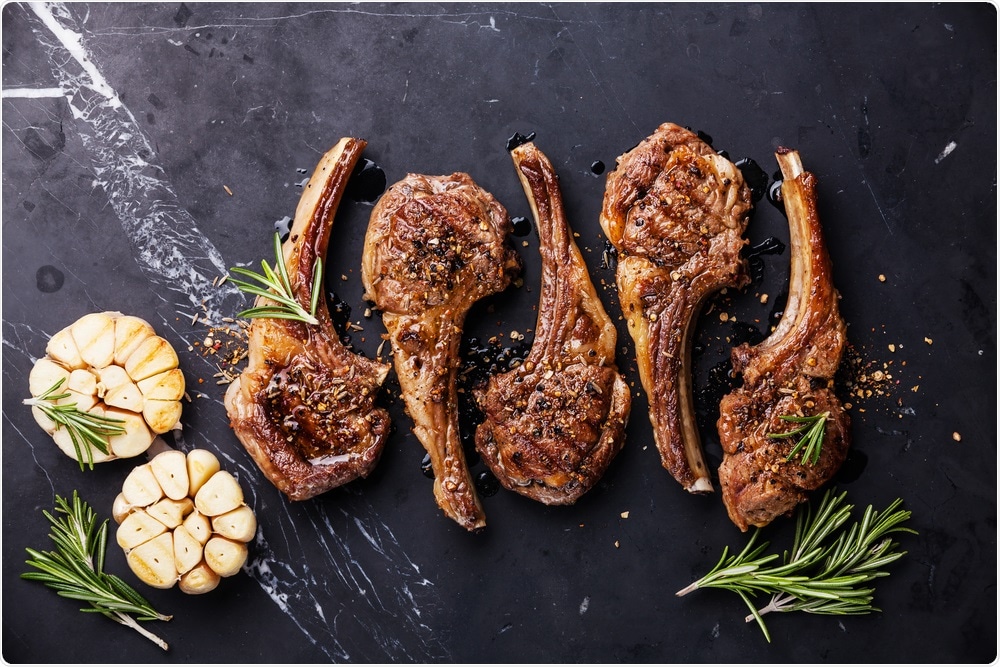Meat is no ordinary solid. Made up of complex networks of moisture-saturated proteins, it displays some intriguing physical properties when it is cooked.

Image Credit: Natalia Lisovskaya/Shutterstock.com
Several studies in the past have attempted to recreate this behavior in computer simulations, but because this demands so much computing power, they have only achieved simplified, one-dimensional recreations of the process, which are not particularly accurate.
In new research published in EPJ Plus, mathematicians led by Dr. Hala Nelson at James Madison University show that by modeling meat as a fluid-saturated matrix of elastic proteins, which are deformed as the fluid moves, cooking behaviors can be simulated more precisely.
The insights gathered by the team could have numerous advantages, such as improvements in the safety regulations which govern the meat we consume; optimizations its quality and flavor; and new ways to maximize its shelf life to ensure minimal wastage.
In the team's model, the cooking process heated the fluid unevenly, causing it to move around and deform the protein matrix.
In turn, the movement of the fluid is itself altered by this distortion. The result demonstrates a fairly strong agreement with real observations - where moisture is partially evaporated but is also pushed inwards from the meat surface during heating, causing the middle to swell.
Nelson and colleagues based their model on fundamental principles of conservation of mass, energy, and momentum. They derived equations describing how polymers will behave when mixed with molecules of the liquid, then fine-tuned their model's parameters until it was as realistic as possible.
They then compared the outcomes of their simulations with experimental measurements of how thin steak slices shrink when cooked in the oven. In future studies, the team hopes to extend their simulations to 3D models.
This would require far more computing power, but if achieved, it could raise our level of understanding about the important food source.
Journal reference:
S Deyo, S Granzier-Nakajima, H Nelson, P Puente, K Tully, J Webb (2020), A mathematical model for meat cooking, Eur. Phys. J. Plus 134:322, DOI 10.1140/epjp/s13360-020-00311-0